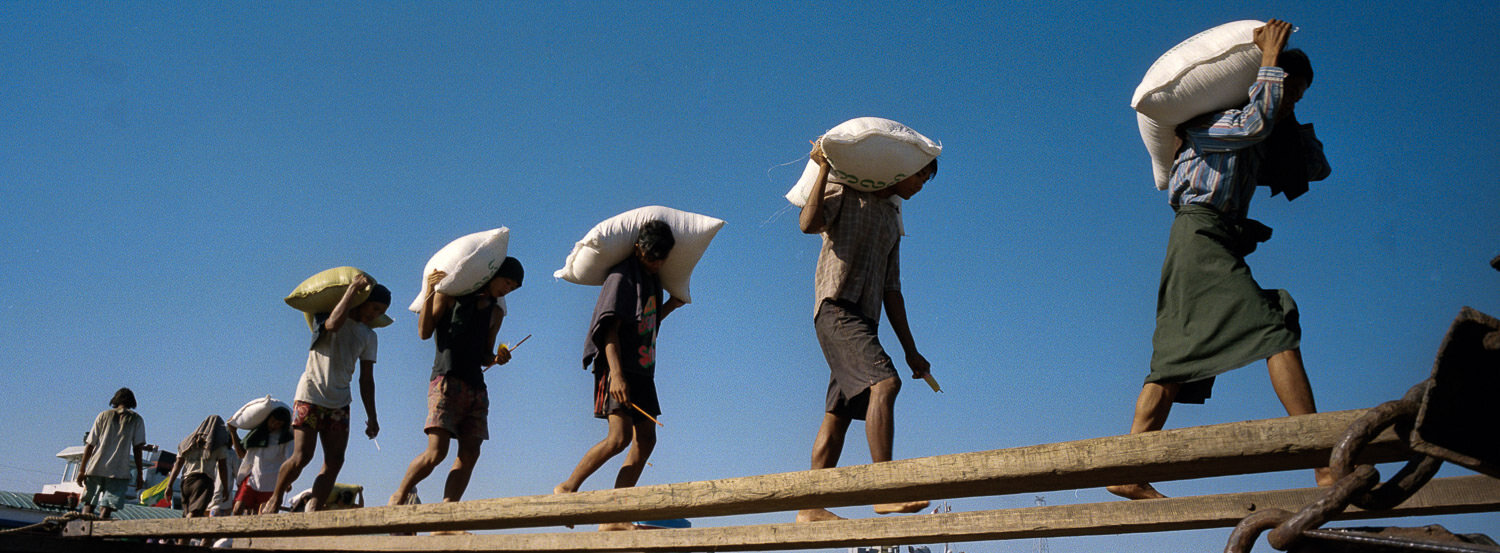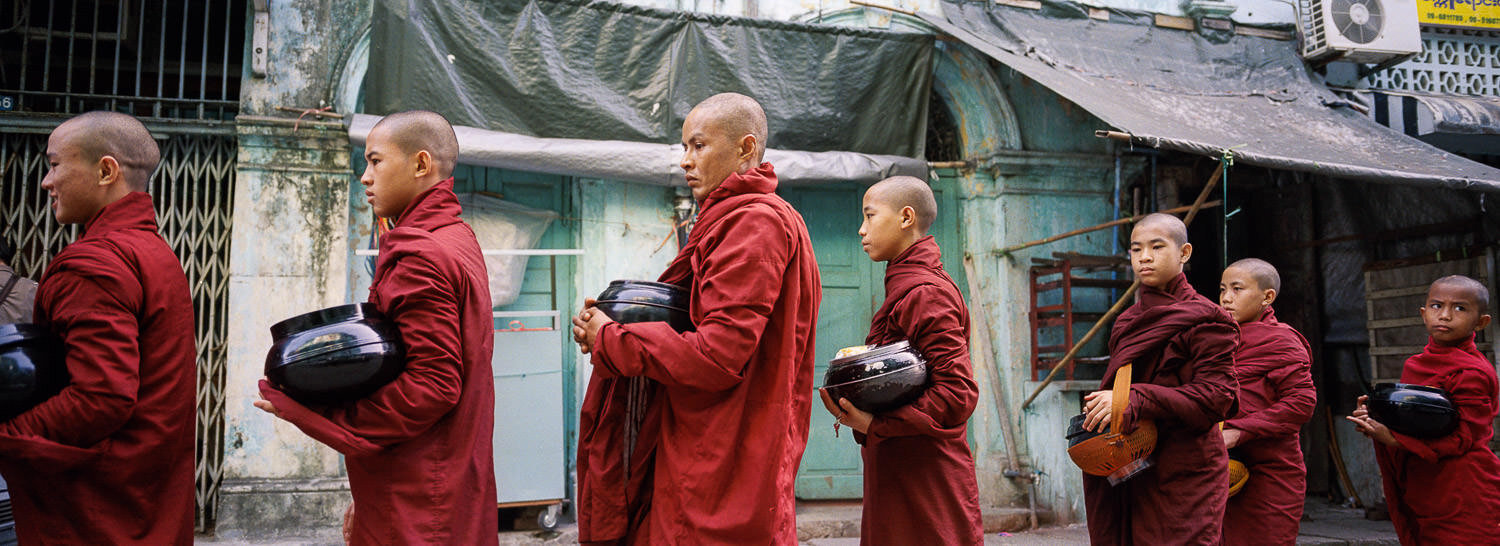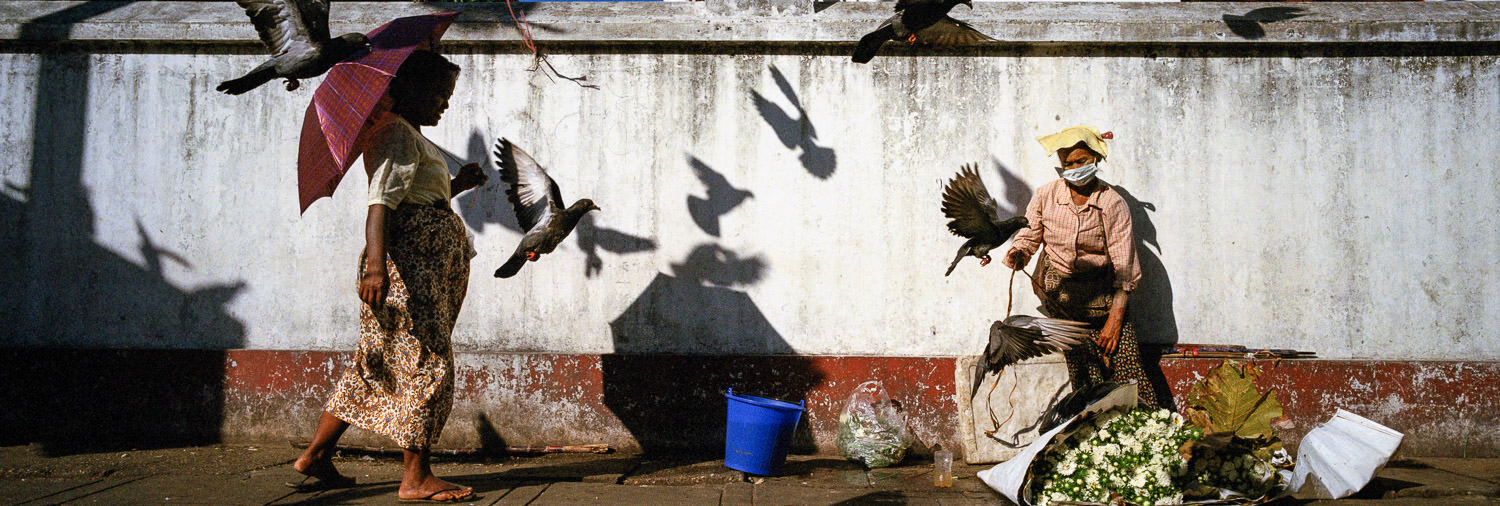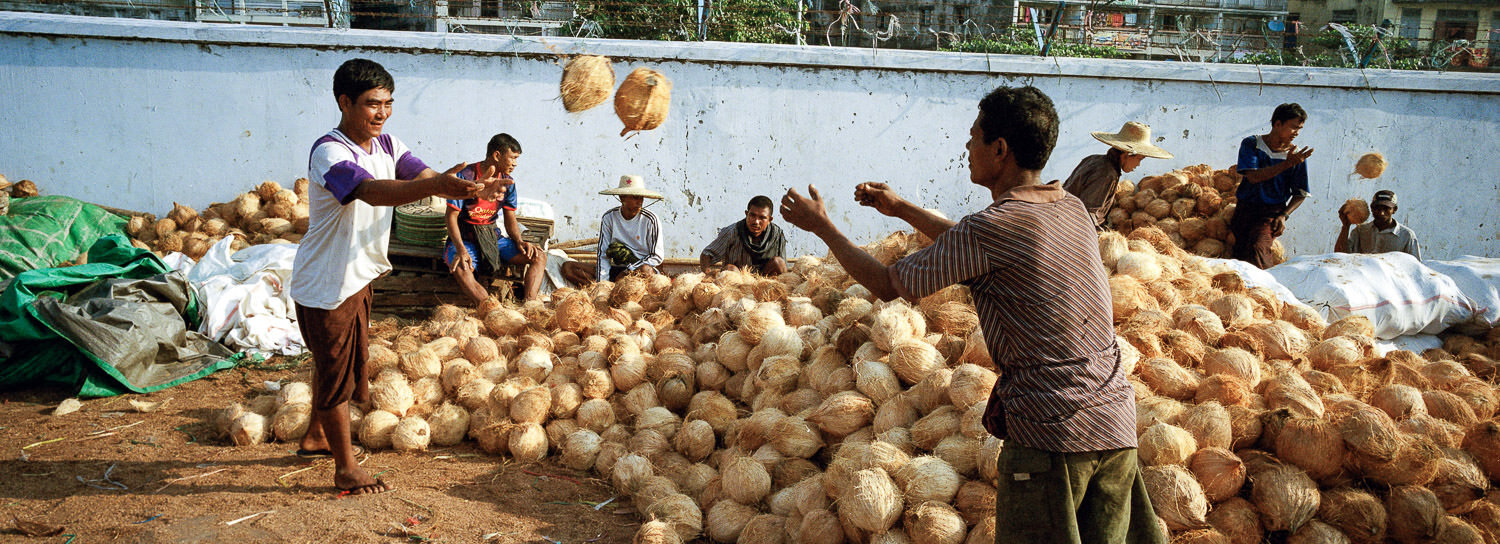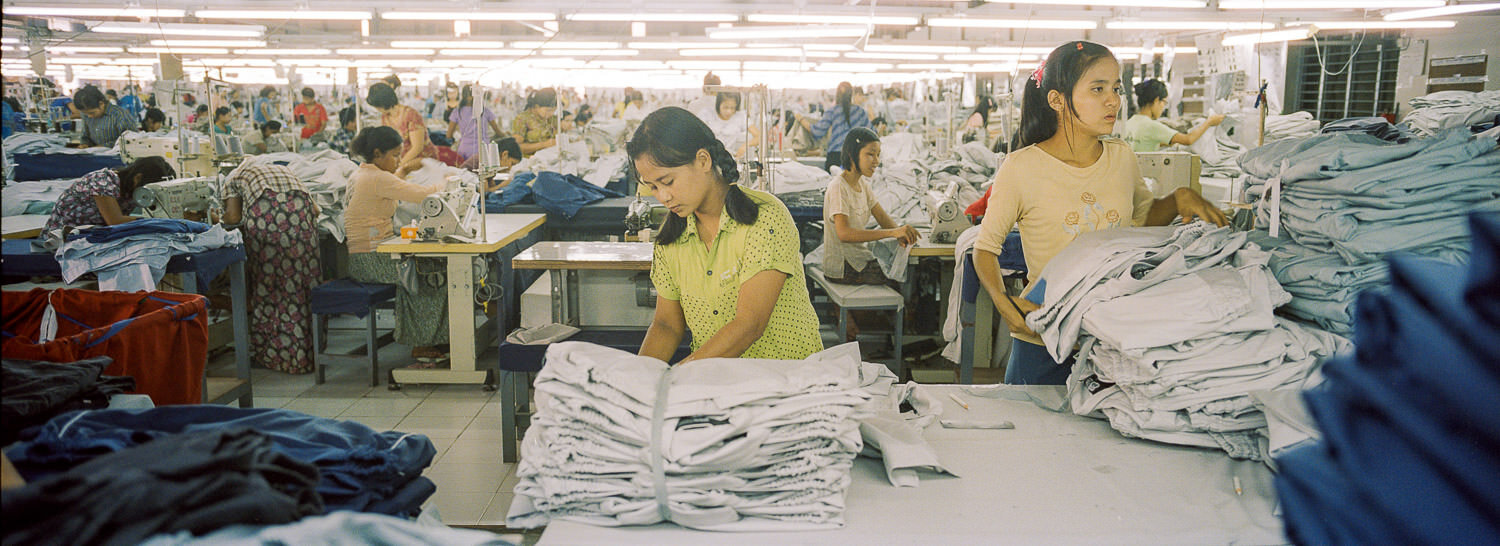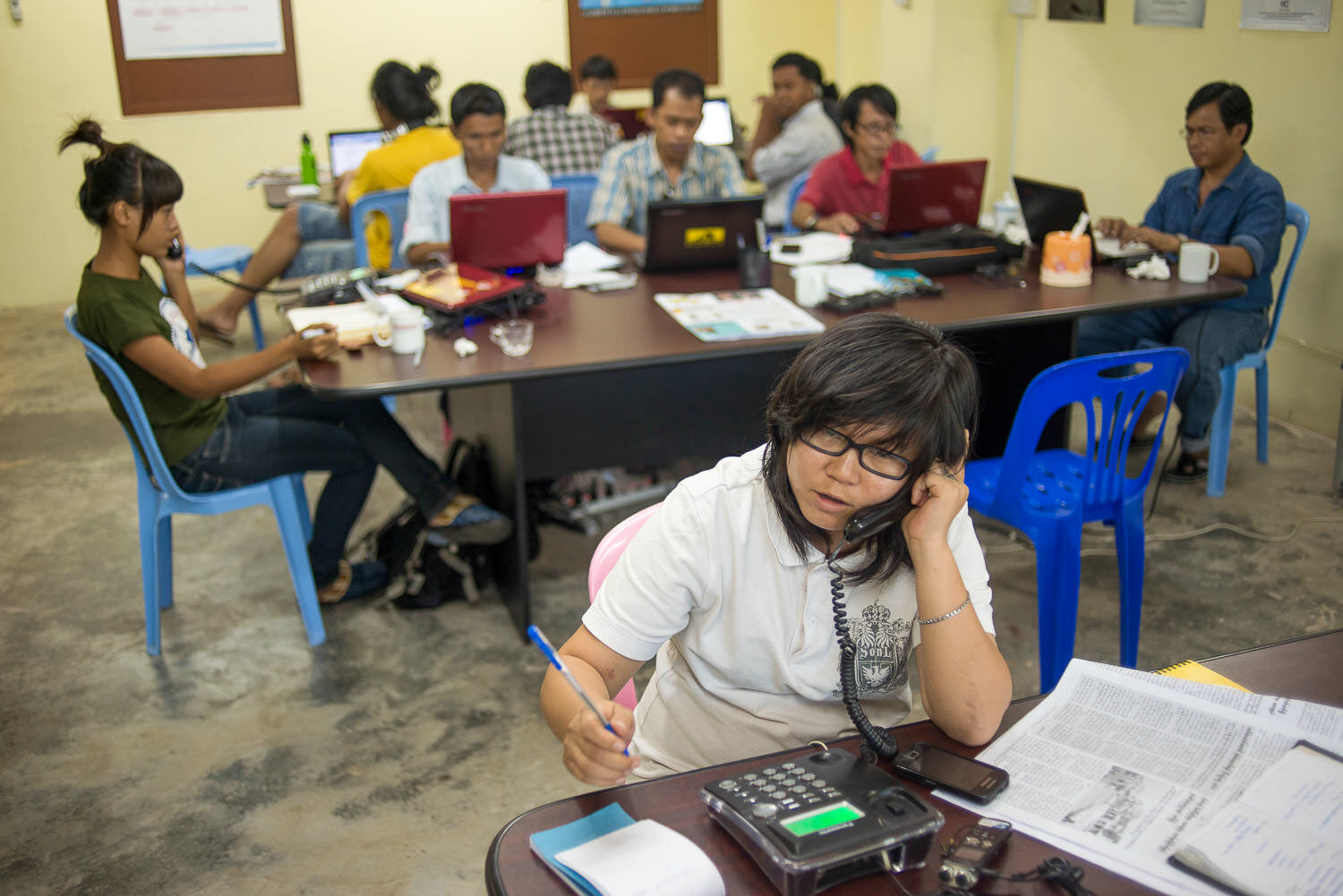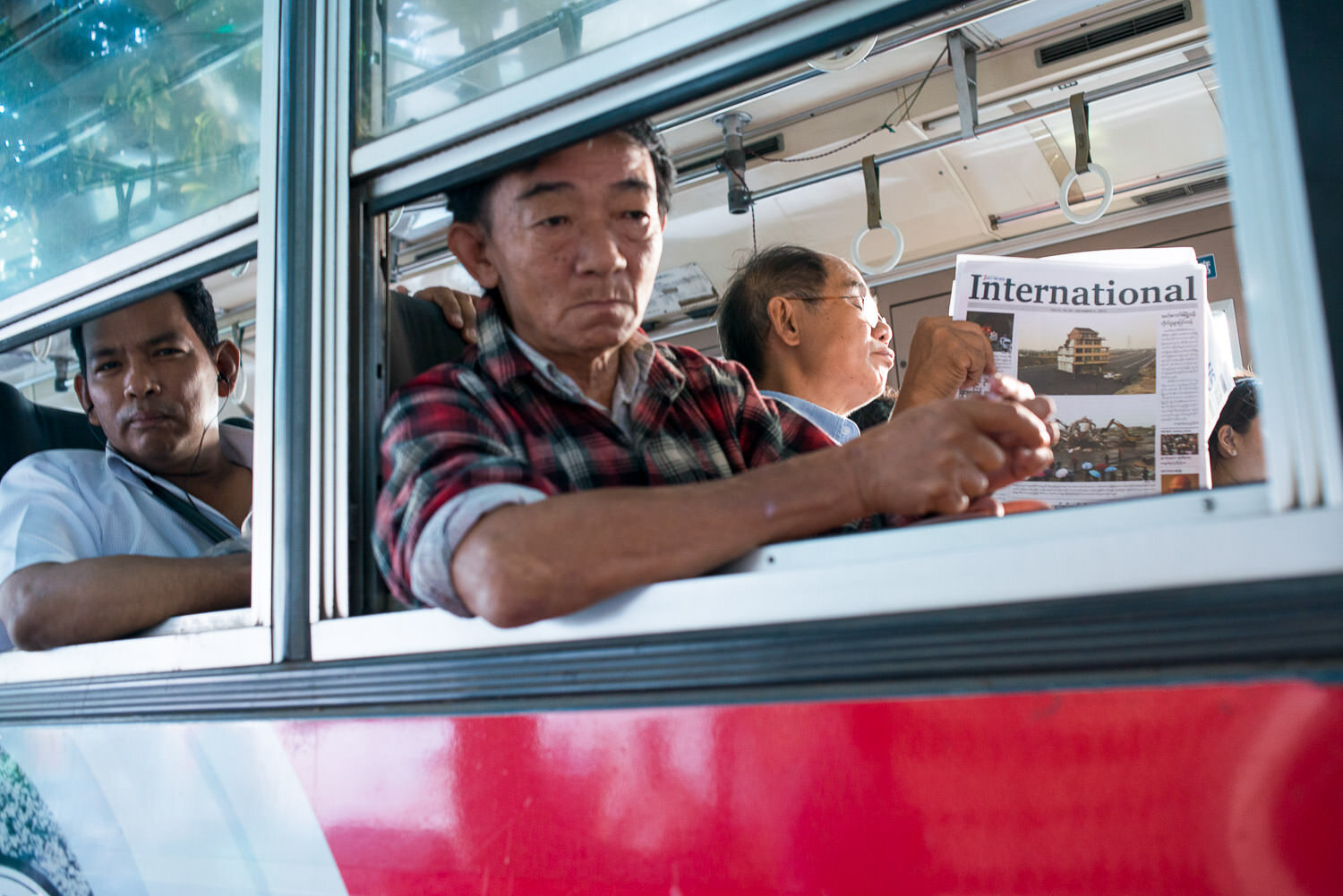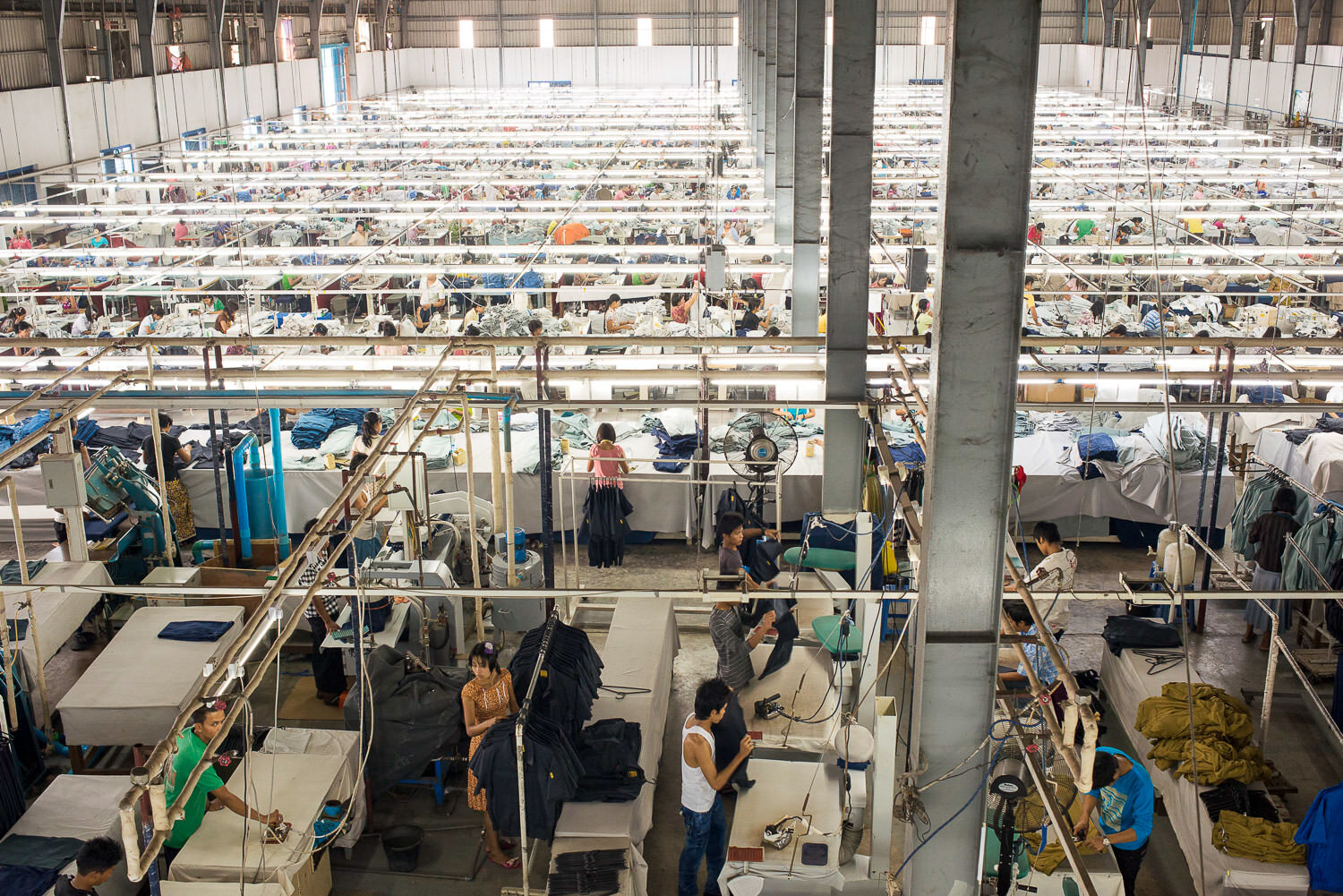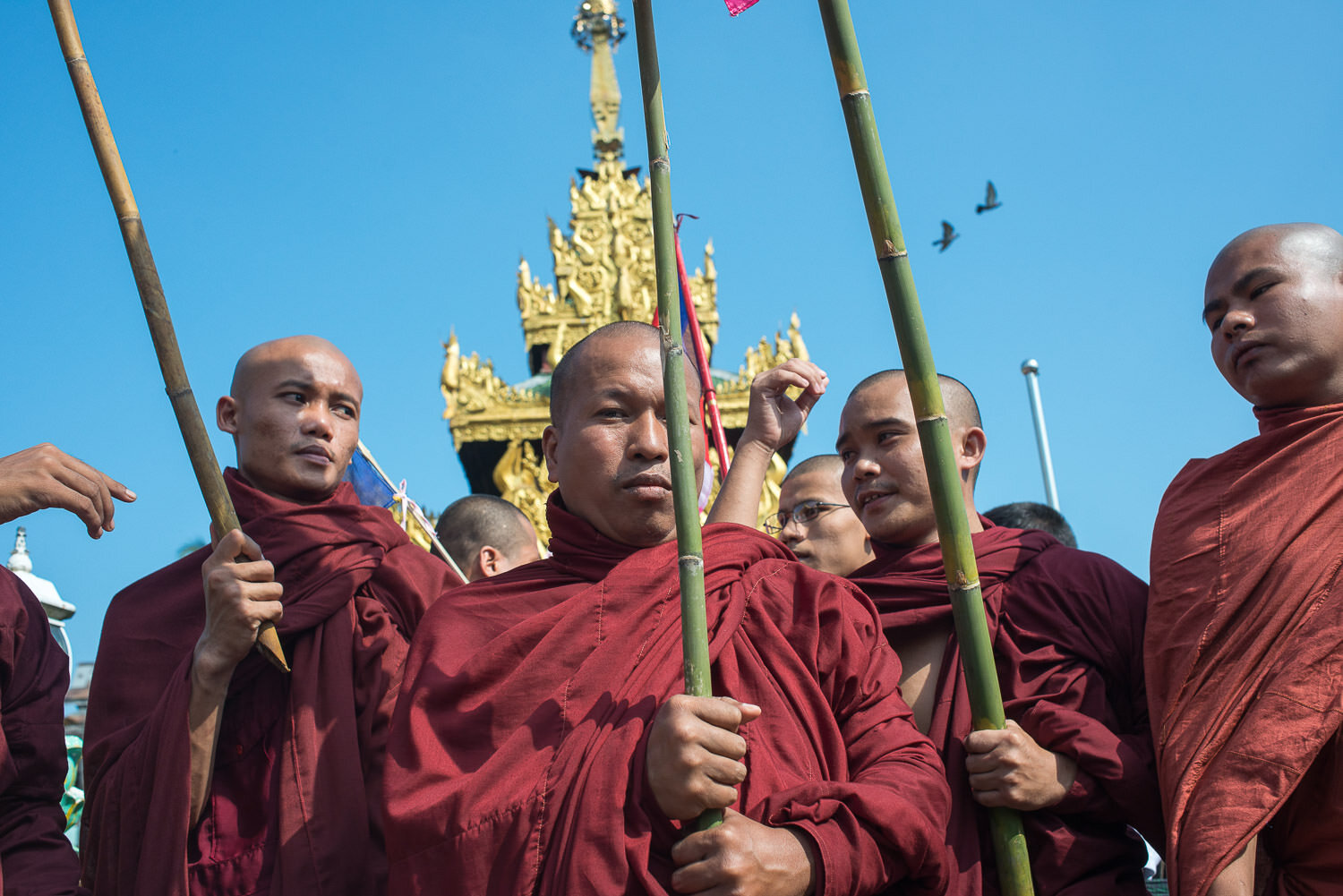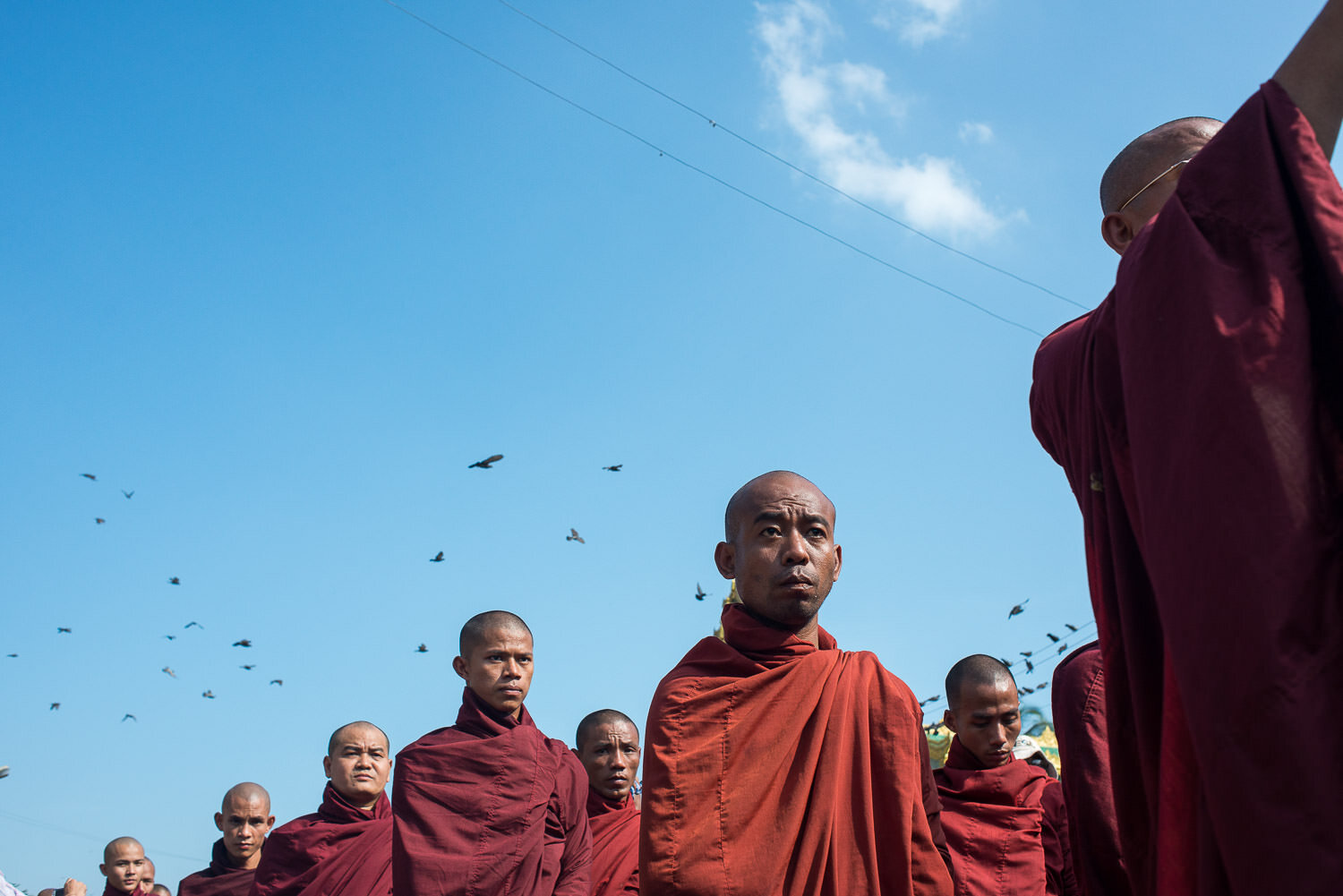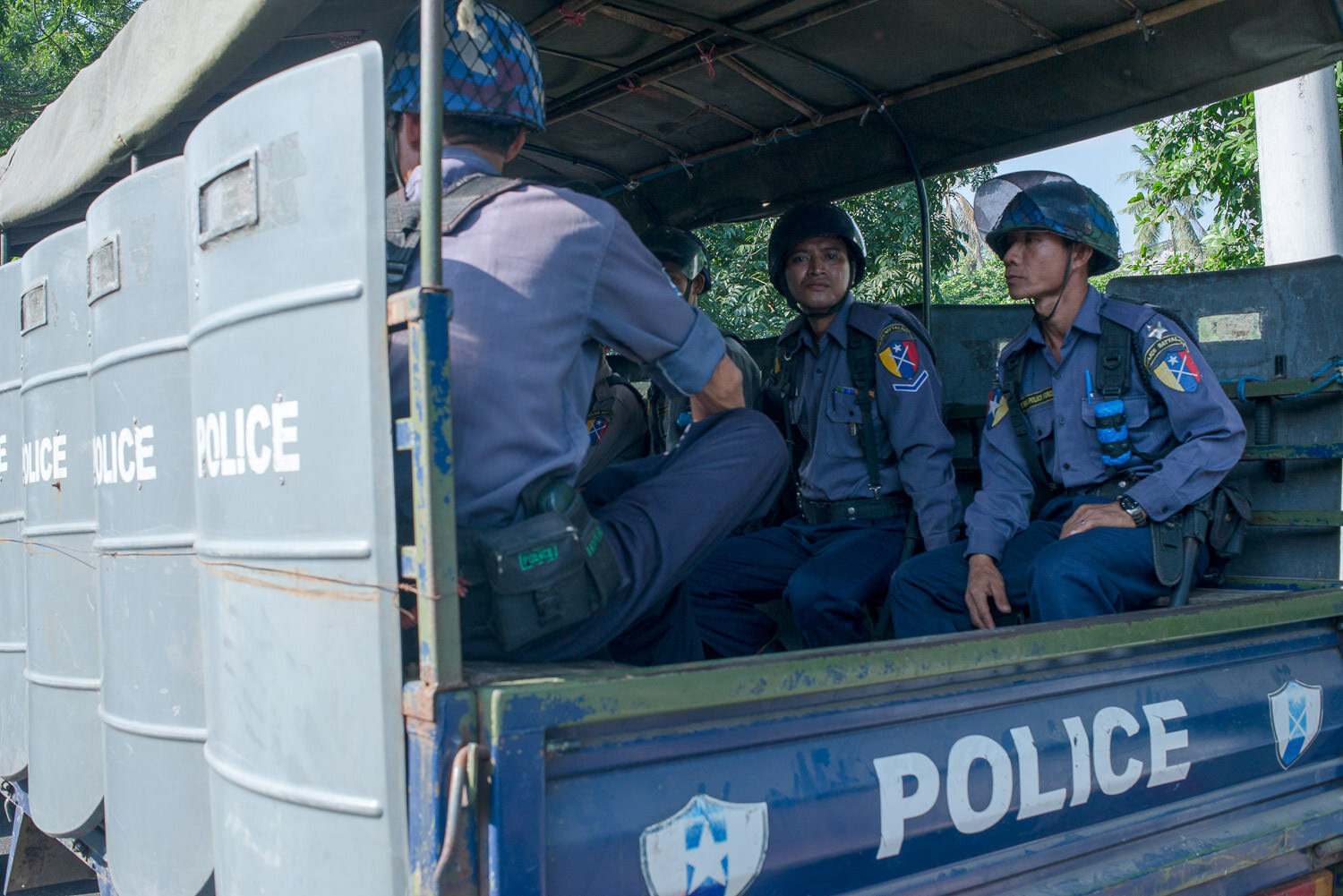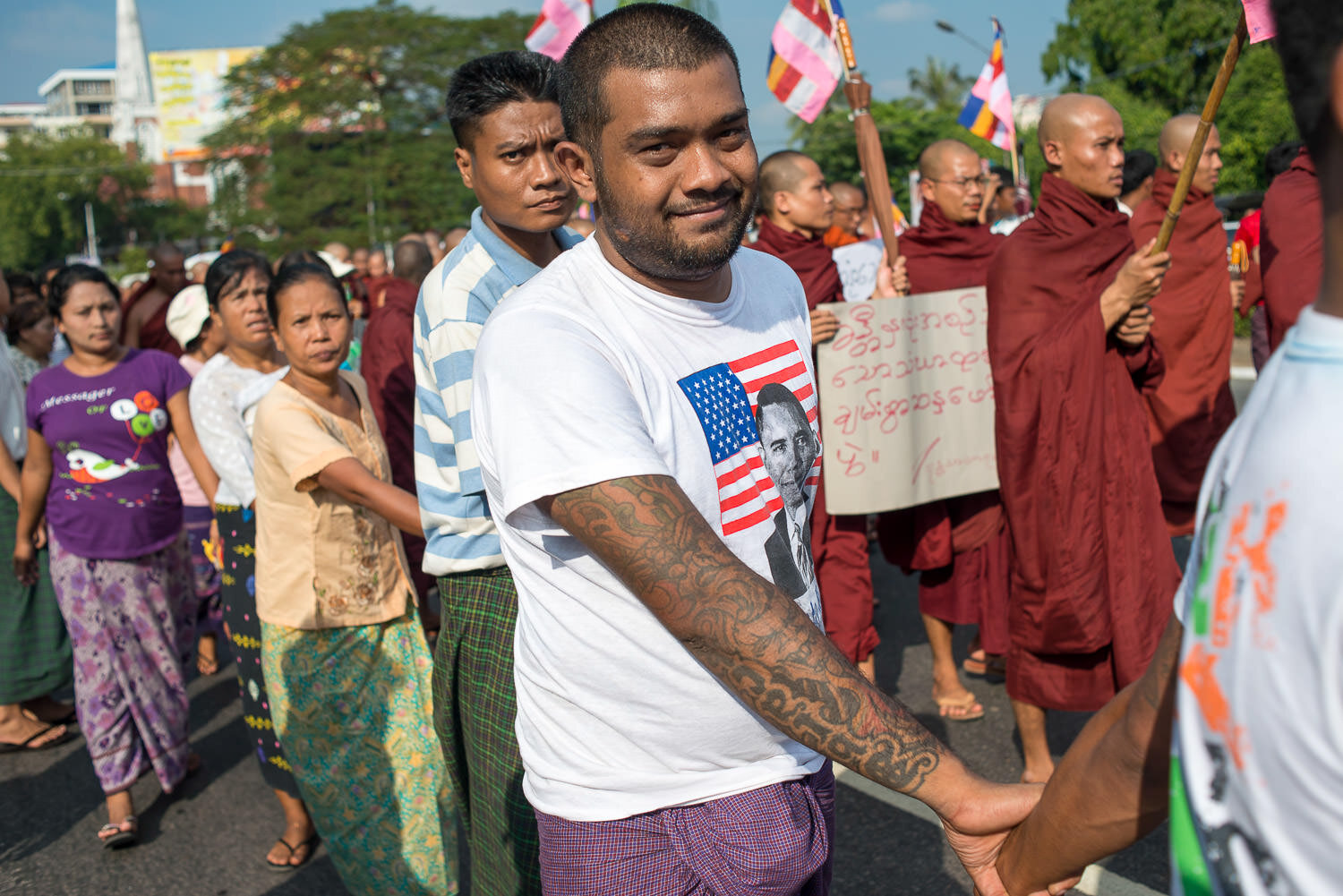I’ve been saddened by the news of the coup in Myanmar, which ousted the democratically elected government of Aung San Suu Kyi’s National League for Democracy (NLD). Despite her silence on the persecution and violence against the country’s Rohingya Muslim minority for which accusations of genocide were brought before the International Court of Justice, in many ways things had vastly improved for the country since her election as Myanmar’s ‘leader’.
An aside: no sooner have a started writing this do I realise that if I’m going to delve deeper into the political/geo-political complexities, I’ll end up writing thousands of words and end up having to tip toe around or step on booby traps just like I did by bringing up the Rohingya genocide which forced more than 700,000 Rohingya to flee to Bangladesh in fear of death. I’ll just say here that I think that if ASSK did speak up for the Rohingya, it would have been political suicide. Her electorate would have revolted against her and we would have had a military coup earlier than we have now even if it was the moral thing to do.
Another aside: it’s actually fairly weird and unnecessary that the junta have decided to carry out a coup. I mean, their power is guaranteed due to their constitution, no matter how many seats the NLD wins. It seems a crazy thing to do, but it’s worth remembering that it’s only sixteen years since the junta abruptly moved the nation’s capital from bustling Yangon to what was then a dusty little town called Pyinmana in the centre of the country on the advice of astrologers. It’s since been renamed Naypyidaw.
I feel the coup is huge backward step for the county and I just hope that people won’t be soon talking about North Korea and Myanmar in the same breath again when it comes to repression, craziness and basically being a global pariah. They had already made some real inroads on that last count in the last few years.
Anyway, I think I might as well just write a little on some of my experiences photographing and writing about issues in Myanmar back when things were looking a lot better.
I first flew into Yangon from Shanghai at the end of 2012. It wasn’t my first time in Myanmar. I’d crossed the border from Thailand twice in 2008 to report on internally displaced members of the Karen ethnic minority and the Karen National Liberation Army (KNLA guerrillas who were trying to defend them while embroiled in the world’s longest running war). At the time, their struggle for a Karen nation had clocked up sixty years of conflict. I guess I’ll get to this story another time.
Four years after that trip to the Thai-Thai-Myanmar border there was a ceasefire between the KNLA and the junta. Furthermore, I was amazed to be able to get a visa on arrival in Yangon, use a mobile phone and even get cash out of from an ATM.
All this was new. Never mind that you had to loan an old Nokia at the airport. The one I was given was previously loaned the late Anthony Bourdain’s TV producer. Some of the phones that Bourdain and his crew were loaned were apparently previously used by US President Barack Obama’s secret service bodyguards. Bourdain’s phone still had text messages sent by one of these secret service agents. I found out whose old phone I was using when the head chef from the Strand Hotel called me asking about Anthony.
Clearly, Myanmar was receiving a very different kind of international attention in 2012. I travelled there as a freelancer, mainly to write and photograph a story on media freedom. Not long ago, reporters from several national media outlets would have been arrested on site and imprisoned in the infamous Insein Prison. My thoughts have turned to these brave journalists who are still there trying to keep people informed.
You can read the story I wrote and shot on this for The Age/Sydney Morning Herald here:
https://www.smh.com.au/world/the-truth-and-nothing-but-20130204-2dud5.html
Back in 2012, there was an incredible sense of optimism in the streets. Each morning I’d get up around dawn and wander the streets, looking for things to shoot with my Hasselblad Xpan. On my second morning a couple of young locals approached me and invited me for breakfast. I was a bit wary at first, but it turned out that they just wanted to welcome foreigners who had been little seen until recently. Afterwards they took me to Shwedagon Pagoda and insisted on paying the entry fee. The only off thing was that one of the guys told me how terrible the Rohingya were about a minute after we had met. I hadn’t brought up the topic.
In the previous months there had been riots in Rakhine State which would become ground zero for the unfolding crisis.
https://en.wikipedia.org/wiki/2012_Rakhine_State_riots
However, I was not in Myanmar to cover this. I was in Yangon for not much more than a week. During this time I ran myself ragged interviewing and photographing local media. At the same time, I worked on the story on the country’s textile industry for Women’s Wear Daily. Western manufacturers were eyeing a return Myanmar as the US and EU had began to ease devastating sanctions, which had forced hundreds of thousands out of work.
I was also asked by Al Jazeera to photograph the ‘cult’ of Aung San Suu Kyi who remains so adored that I’m sure you still see her face constantly on wall murals, coffee cups, calendars and so on. I’m not really surprised that her party 396 out of 476 seats in November 2020, elections. This landslide win was the reason behind the coup. The military just didn’t like the result so they called it a fraud. Some people just can’t handle rejection. I wonder if the generals can keep a straight face when the US lectures them on accepting the legitimacy of Myanmar’s election results.
On the second last day of my stay, I photographed a major demonstration on 12.12.12. I’d been tipped off on this by a journalist at The Irrawaddy. The Buddhist monk led demonstration was in opposition to violence used by security forces at an earlier protest against a Chinese-backed copper mine in the country’s north west. The military has a track record of murdering protesters and journalists (as well as imprisoning them), so I was a bit nervous about covering this. Fortunately this protest was peaceful.
There are sure to be more protests in Myanmar’s streets in the coming days. I hope these are peaceful too.
Here’s a web gallery of various aspects of Yangon back in 2012.
